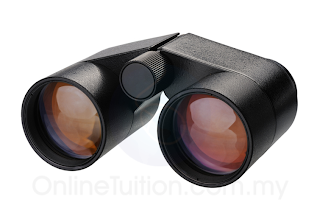Glass
- It is a mixture of two or more types of metallic silicates but the main component is silicon(IV) dioxide.
- Glass has the following properties:
- Transparent and not porous
- Inactive chemically
- Can be cleaned easily
- Good insulators of heat and electricity
- Hard but brittle
- Can withstand compression but not pressure
Soda lime glass
Produced by heating a mixture of silicon dioxide (sand) with calcium carbonate (lime) and sodium carbonate.
Composition: SiO2 – 70%, Na2O – 15%, CaO – 10%, Others – 4%
Properties:
- Low melting point (700°C)
- Moldable into shapes
- Cheap
- Breakable
- Can’t withstand high heat
Uses: Glass containers, Glass panes, Mirrors, Lamps and bulbs, Plates and bowls Bottles
Lead glass (crystal)
Produced by heating a mixture of silicon dioxide (sand) with lead oxide and potash.
Composition: SiO2 – 70%, Na2O – 20%, PbO – 10%
Properties:
- High density and refractive index
- Glittering surface
- Soft
- Low melting point (600°C)
Uses: Containers for drinks and fruit, Decorative glass and lamps, Crystal glassware, Lenses for spectacles
Borosilicate glass (Pyrex)
Composition: SiO2 – 80%, B2O3 – 13%, Na2O – 4%, AI203 – 2%
Properties:
- Resistant to high heat and chemical reaction
- Does not break easily
- Allows infra-red rays but not ultra-violet rays
Uses: Glass apparatus in laboratories, Cooking utensils
Fused silica glass
Produced by heating Silicon Tetra Chloride at high temperature with the presence of oxygen.
Composition: SiO2 – 99%, Other – 1%
Properties:
- High melting point (1700°C)
- Expensive
- Allows ultraviolet light to pass through
- Difficult to melt or mould into shape
Uses: Scientific apparatus like lenses on, spectrometer, Optical lenses, Laboratory apparatus




